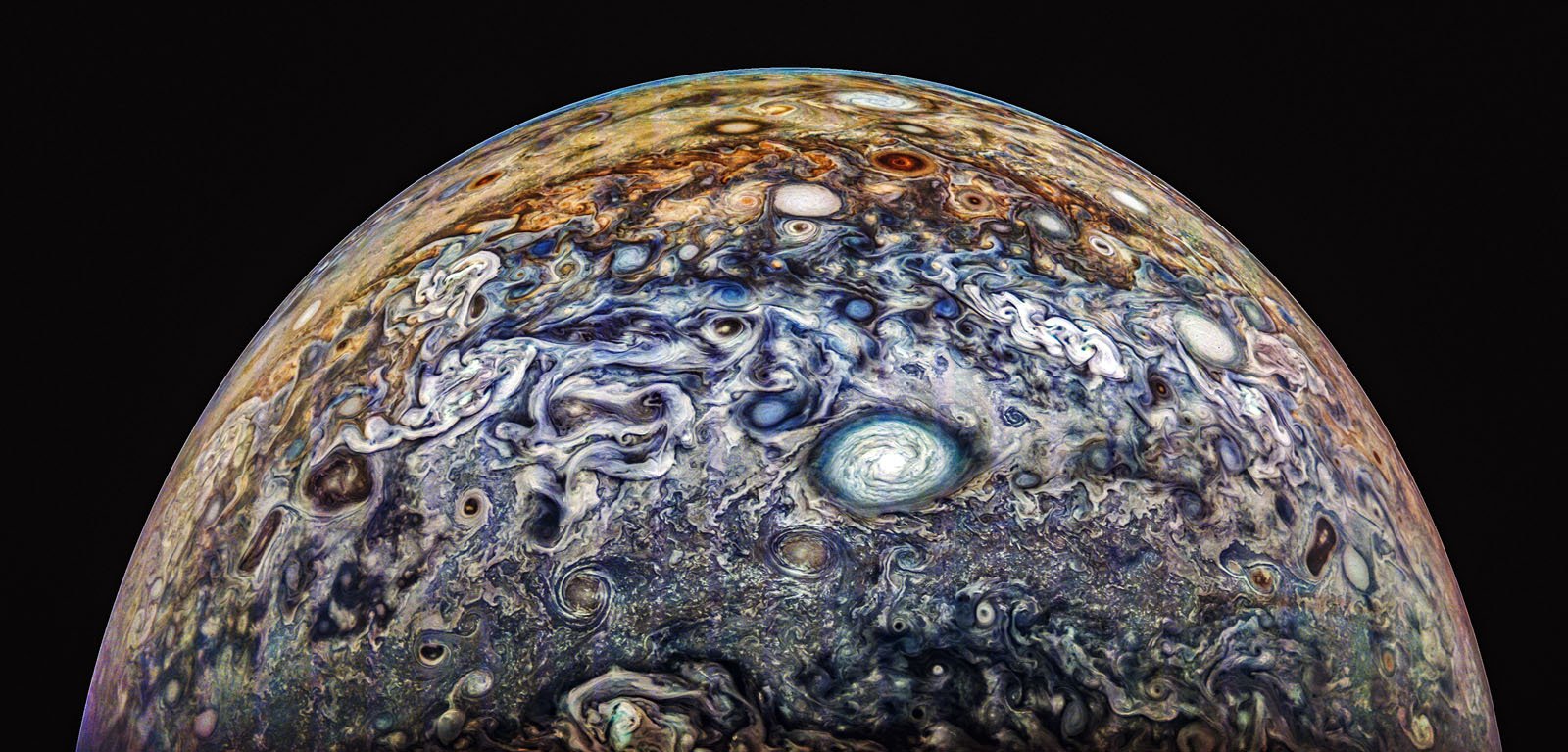NASA Performs Camera Repair on Spacecraft 370 Million Miles Away

The Juno probe has been capturing spectacular images of Jupiter since 2016. However, it recently encountered problems that required NASA to perform a camera repair on JunoCam from 370 million miles away.
The visible-light camera, designed to capture images of the gas giant and its moons, was brought back online using an experimental technique known as annealing.
The punishing effect of being located in the intense radiation belts surrounding Jupiter, considered the most extreme in the solar system, has taken its toll on JunoCam, which is positioned outside of Juno’s protective titanium radiation vault.

Though it was only expected to function during the spacecraft’s first eight orbits, the camera continued operating successfully through 34 orbits. Signs of degradation became evident by the 47th orbit, and by orbit 56, the majority of images were compromised by graininess and horizontal noise lines.
NASA engineers traced the likely issue to a voltage regulator essential for powering the camera. With no possibility of conducting physical repairs due to the spacecraft’s distance, the team opted for annealing — a method involving heating the camera to 25 degrees Celsius in order to reduce radiation-induced artifacts.
The procedure proved effective. After the annealing, JunoCam resumed capturing high-quality images, including detailed shots of Jupiter’s moon Io during a flyby on December 30, 2023. These images showcased features such as sulfur dioxide frost deposits and active lava flows on the volcanic surface.
How to fix a camera from 370 million miles away. 📸📡
An experimental technique rescued a camera aboard our #JunoMission spacecraft, offering lessons that will benefit other systems dealing with high radiation in space. Details: https://t.co/GWfKenFwOk pic.twitter.com/IwjP9l8w7t
— NASA Solar System (@NASASolarSystem) July 21, 2025
“Juno is teaching us how to create and maintain spacecraft tolerant to radiation, providing insights that will benefit satellites in orbit around Earth,” says Scott Bolton, principal investigator for the Juno mission, in a statement. “I expect the lessons learned from Juno will be applicable to both defense and commercial satellites as well as other NASA missions.”
Though radiation damage has since resurfaced, NASA continues to refine the annealing technique. Engineers are now applying more intensive versions of the process to other spacecraft instruments, reporting encouraging results that could help extend the longevity of onboard systems and inform future space missions.
The recovery effort, conducted in December 2023, was presented this month at the IEEE Nuclear and Space Radiation Effects Conference. The event highlighted emerging methods for maintaining spacecraft performance in environments with high levels of radiation.


